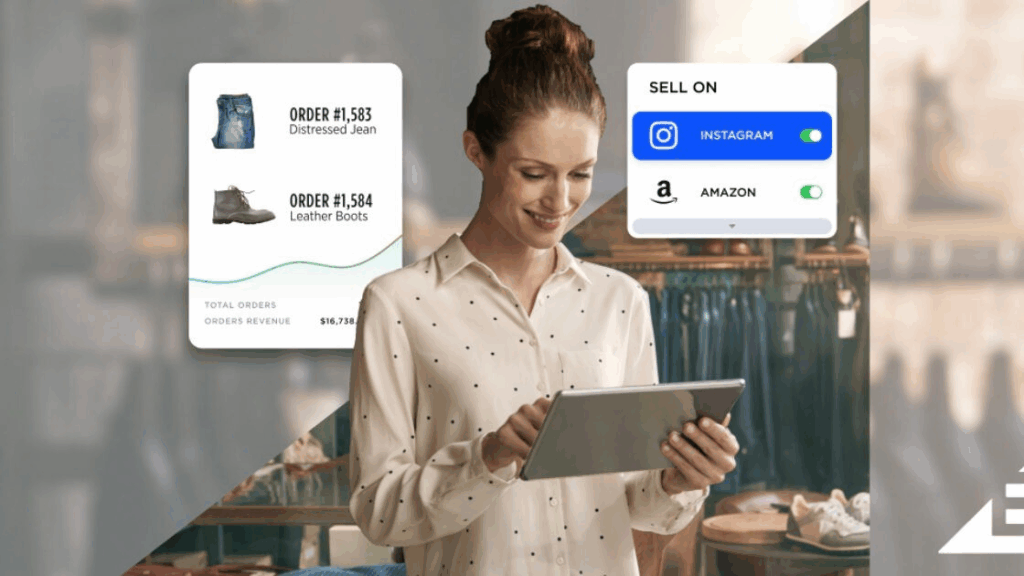Comparing Global Logistics Track Platforms: What DTC Brands Miss Most Often
Global logistics track platforms are becoming critical for DTC (Direct-to-Consumer) brands that want to scale internationally. Many companies focus only on cost and carrier options when comparing solutions. Yet the real value of a tracking platform comes from metrics and features that are often overlooked. Missing these details can create gaps in visibility, reduce customer satisfaction, and add hidden costs to operations.
This article compares global logistics track platforms and highlights the most important but often ignored indicators DTC brands need to evaluate before making a choice.

Why DTC Brands Depend on Global Logistics Track Platforms
Faster Cross-Border Growth
Selling directly to customers across regions requires smooth shipping experiences. A reliable tracking platform allows brands to manage orders across multiple carriers and countries without creating operational chaos.
Transparency for Customers
Consumers expect real-time updates. Without accurate tracking, the trust in a brand weakens. Platforms that centralize shipment data across carriers provide consistent visibility.
Internal Efficiency
Manual tracking through carrier websites wastes time and increases errors. Automated platforms reduce support tickets, streamline communication, and free up teams to focus on growth.
What DTC Brands Commonly Check First
When comparing platforms, most DTC brands start with:
- Carrier coverage: How many global carriers are supported.
- Price per shipment: Direct fees or hidden charges.
- Integration options: API, plugins for Shopify, WooCommerce, or ERP systems.
These are important, but they don’t give the full picture. Several overlooked metrics determine whether a tracking platform can actually support long-term growth.
The Overlooked but Critical Indicators

1. Data Accuracy and Standardization
Many DTC brands forget to check how platforms standardize data. Carriers use different codes and languages for statuses. Without proper normalization, customers see confusing updates like “in customs clearance” versus “awaiting inspection”. A strong platform translates these into consistent, customer-friendly terms.
Key questions to ask:
- Does the platform normalize tracking statuses across all carriers?
- Can you customize how events appear to customers?
2. Global Scalability and Multi-Language Support
Growth into new markets requires more than carrier coverage. Brands often miss whether the platform supports multiple languages, currencies, and region-specific compliance.
Example: A U.S. brand expanding into Southeast Asia may face issues if the tracking page cannot show updates in local languages. Customers there may abandon future purchases if they cannot read the status.
3. Delivery Performance Analytics
Tracking is not only about “where is my package.” Strong platforms provide analytics like average delivery times by route, carrier, and season. These insights help brands make better decisions about carrier selection and shipping policies.
Why it matters:
- Identifies underperforming carriers.
- Detects bottlenecks in customs or specific lanes.
- Allows forecasting during peak seasons.
4. Exception Management Tools

Lost or delayed packages are inevitable. What separates a good platform from a great one is how exceptions are handled. Many DTC brands miss checking whether platforms offer proactive alerts, automated workflows, and customer notifications when something goes wrong.
Features to look for:
- Automatic detection of delays.
- Triggers for customer service teams.
- Self-service portals for customers to resolve issues faster.
5. White-Label Tracking Pages
Some brands only think of tracking as an operational tool. They overlook the customer-facing experience. A platform that allows branded, white-label tracking pages can reduce support inquiries while reinforcing brand loyalty.
Benefits:
- Keeps customers on your domain instead of third-party sites.
- Offers cross-selling or marketing opportunities on the tracking page.
- Strengthens trust with a consistent brand identity.
6. Returns and Reverse Logistics Visibility
Forward shipping is only half the equation. Returns can make or break profitability for DTC brands, especially in apparel, electronics, and lifestyle products. Many platforms offer weak or no visibility into return shipments.
Why you should care:
- Customers expect easy return tracking.
- Without visibility, refunds take longer, hurting customer trust.
- Data on return reasons helps reduce future product issues.
7. Security and Compliance

As data privacy laws tighten, security is no longer optional. Some brands miss evaluating whether platforms comply with GDPR, CCPA, or other regional rules. Failing here can cause fines and damage brand reputation.
Checklist for compliance:
- Data encryption and secure API access.
- Regional hosting options for sensitive markets.
- Clear privacy policy aligned with global standards.
8. Customizable Notifications
Most platforms send basic shipment emails. However, the ability to customize communication channels and tone is overlooked. SMS, WhatsApp, and push notifications improve open rates, especially in markets where email usage is low.
Ask yourself:
- Can the platform send notifications across multiple channels?
- Does it allow branded messaging instead of generic templates?
9. Predictive ETAs
Basic platforms only show the last scanned event. Advanced solutions use AI to predict delivery times based on lane history, weather, and customs data. Brands that skip this check risk more “Where is my order?” questions.
Advantage of predictive ETAs:
- More accurate delivery promises.
- Reduced customer service pressure.
- Improved conversion rates due to trustworthy delivery estimates.
10. Scalability of Pricing

Initial costs may look attractive, but how does the pricing scale when volumes grow? Many DTC brands fail to project how costs will evolve once order numbers double or triple.
Important to evaluate:
- Tiered pricing models.
- Hidden costs for API calls, notifications, or international carriers.
- Long-term flexibility versus locked-in contracts.
Comparing Platforms Beyond the Basics
When putting these indicators into practice, DTC brands should not only ask for carrier lists or integration guides. Instead, they should run side-by-side comparisons of platforms using these overlooked metrics.
Example Evaluation Framework
- Platform A: Strong carrier coverage, weak analytics, limited branding.
- Platform B: Fewer carriers, but powerful predictive ETAs, multi-language support, and robust compliance.
- Platform C: Affordable upfront, but hidden costs and poor scalability.
By mapping priorities against overlooked indicators, brands can make decisions that align with their growth strategy rather than short-term savings.
Common Mistakes DTC Brands Make

- Chasing the lowest price without checking hidden costs.
- Focusing only on carrier coverage instead of analytics and customer experience.
- Ignoring returns until they create operational chaos.
- Underestimating branding opportunities through tracking pages.
- Overlooking compliance and security, leading to legal risks.
How PostalParcel Helps Fill the Gaps
PostalParcel is designed with these overlooked indicators at its core. For DTC brands, it provides:
- Normalized tracking statuses across carriers.
- Multi-language pages for global customers.
- Analytics dashboards to monitor delivery performance.
- Exception management alerts that reduce customer frustration.
- Branded tracking portals that keep users engaged.
- Return tracking features to simplify reverse logistics.
- Data security compliance with GDPR and CCPA.
- Predictive ETAs for accurate delivery estimates.
- Transparent pricing that scales with your business.
By addressing what brands often miss, PostalParcel ensures both customers and teams get a smoother logistics experience.
Conclusion
Comparing global logistics track platforms goes far beyond carrier coverage and price. DTC brands that overlook critical indicators such as data accuracy, predictive ETAs, exception management, and branded tracking pages risk higher costs and weaker customer trust. By focusing on these hidden yet essential features, brands can build stronger international operations and deliver the seamless experiences customers demand.
Industry Insights
news via inbox
Nulla turp dis cursus. Integer liberos euismod pretium faucibua








